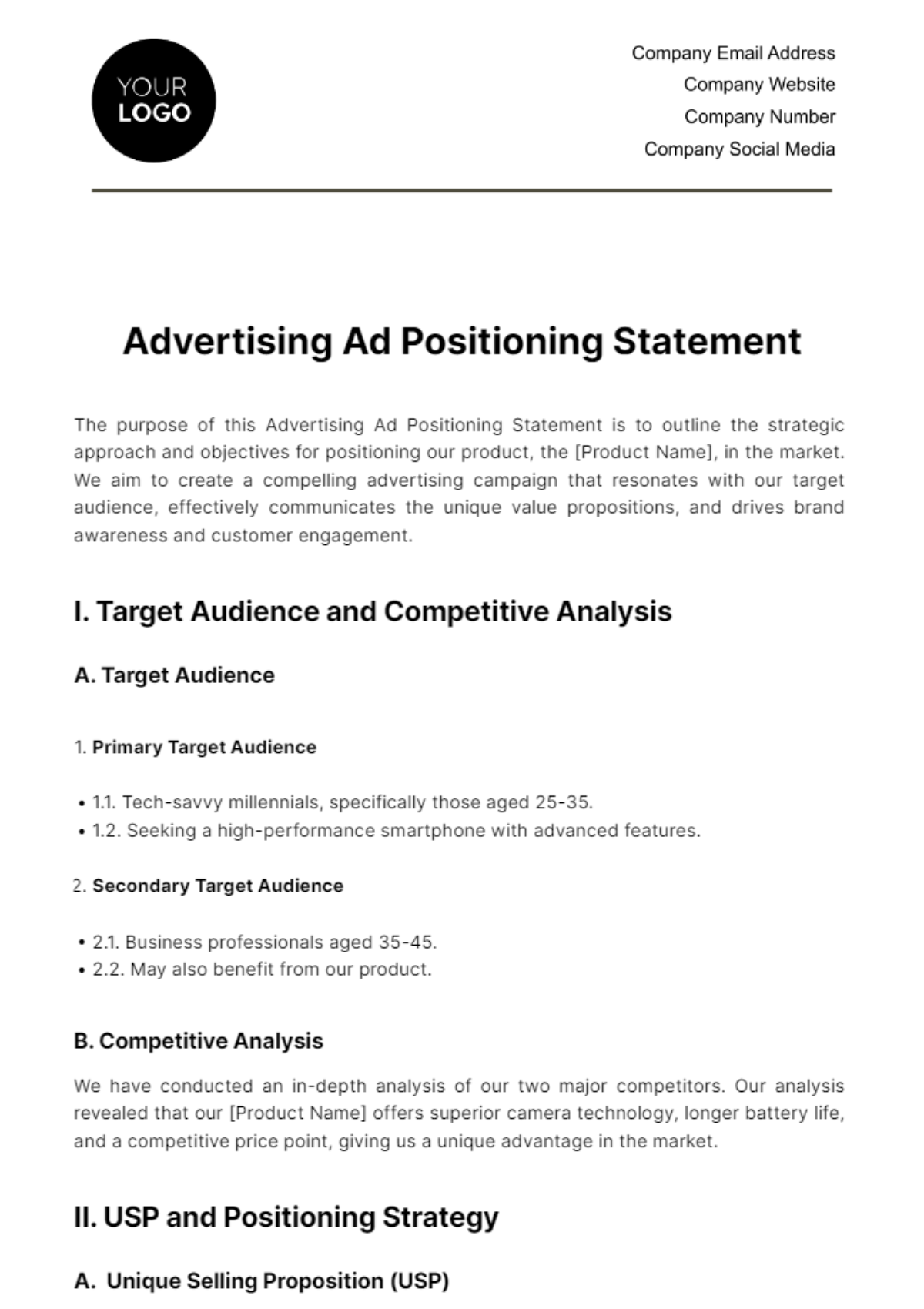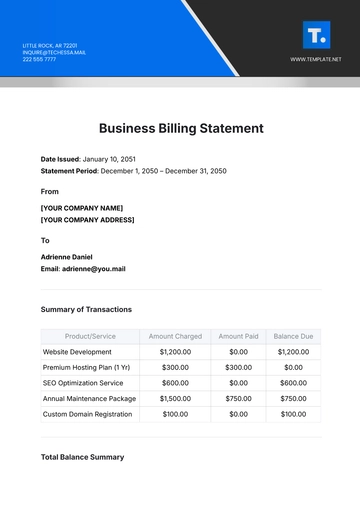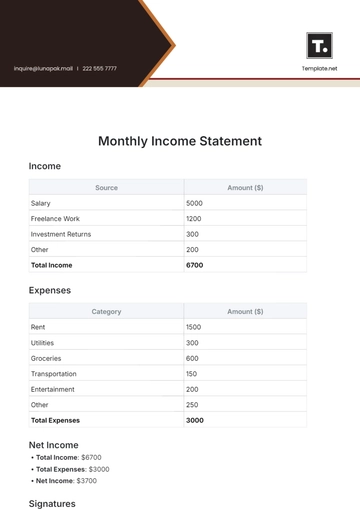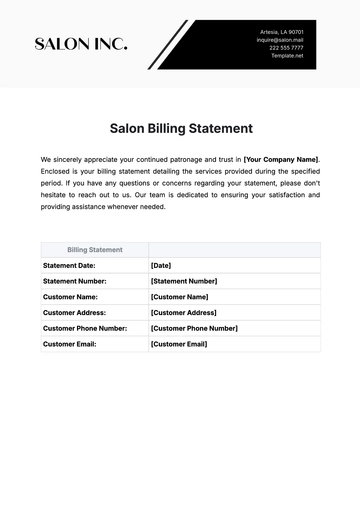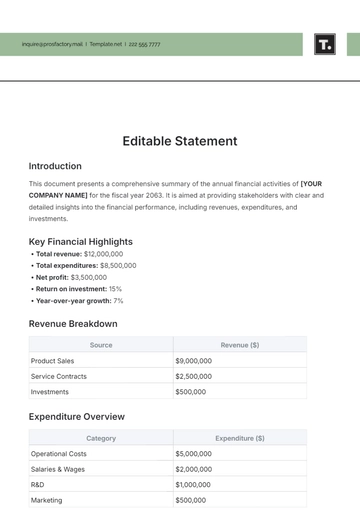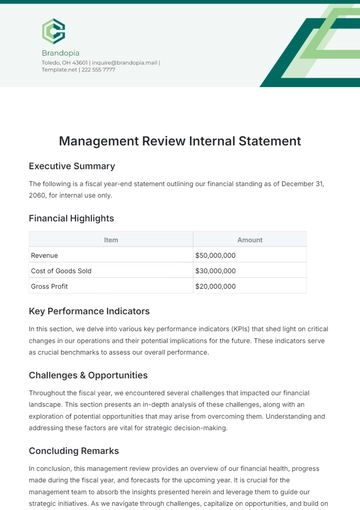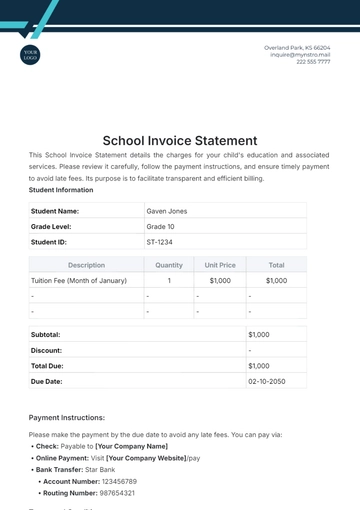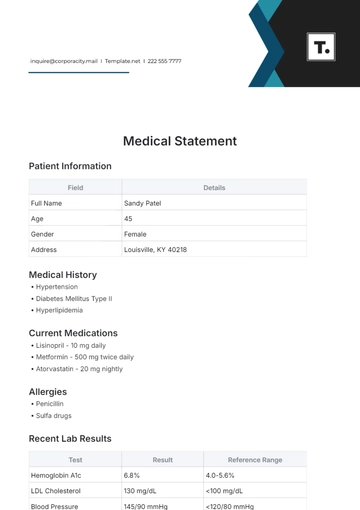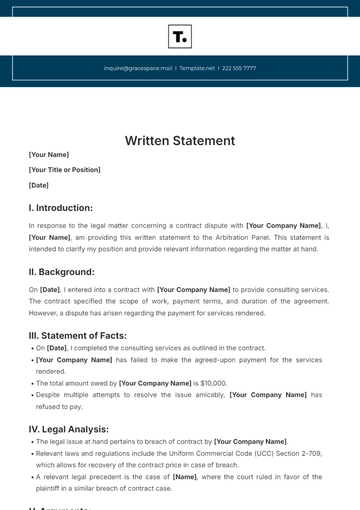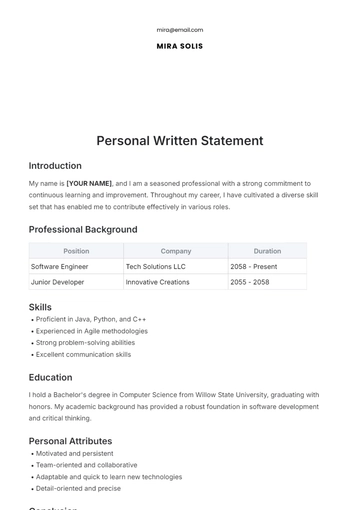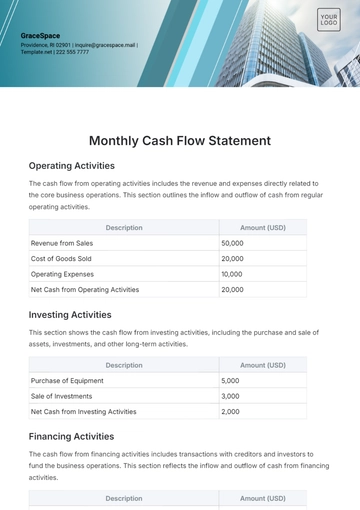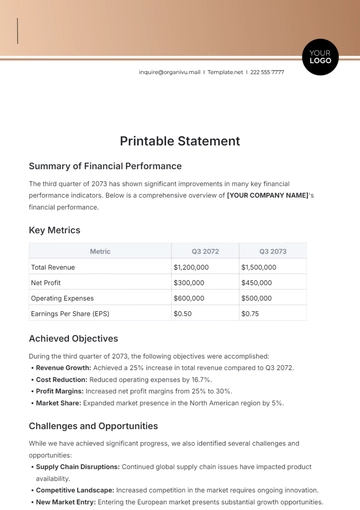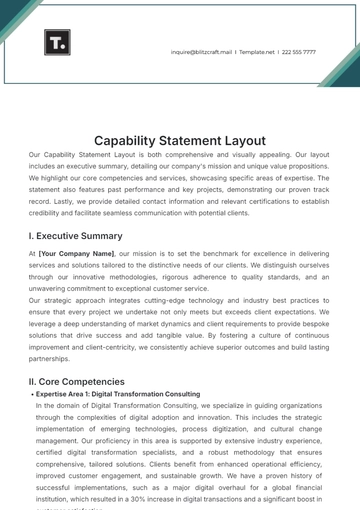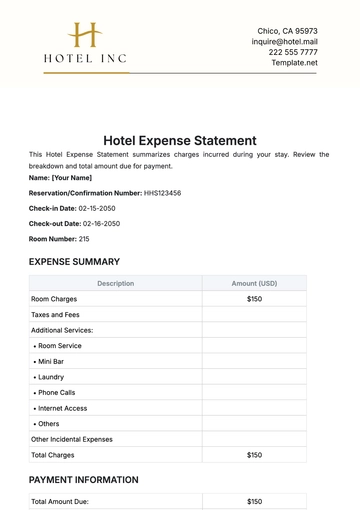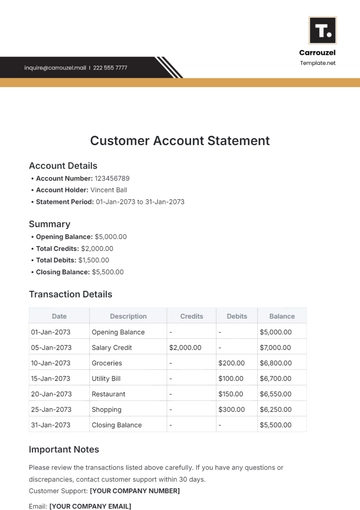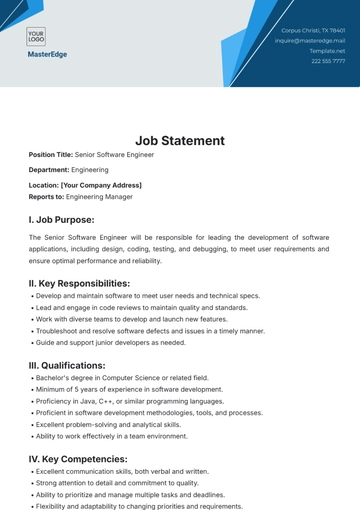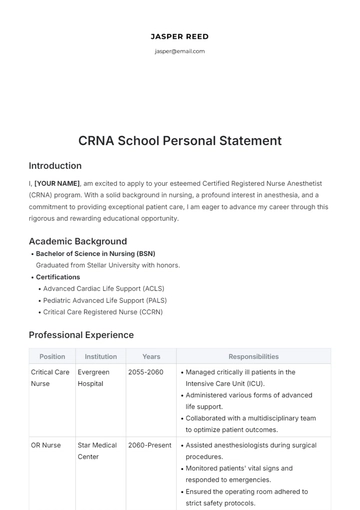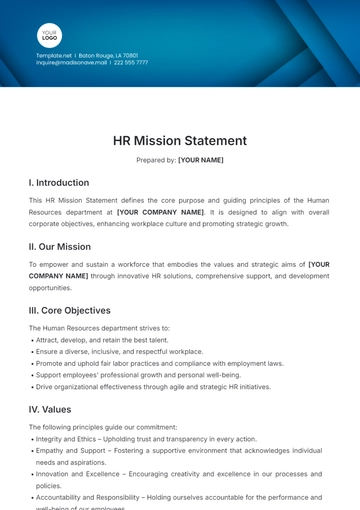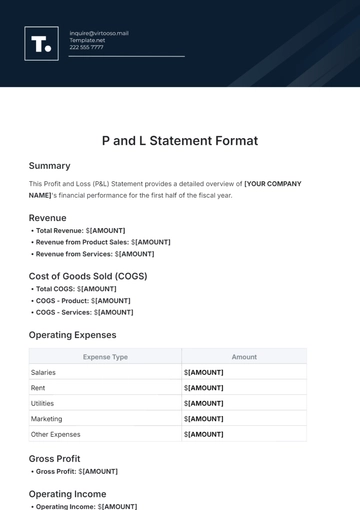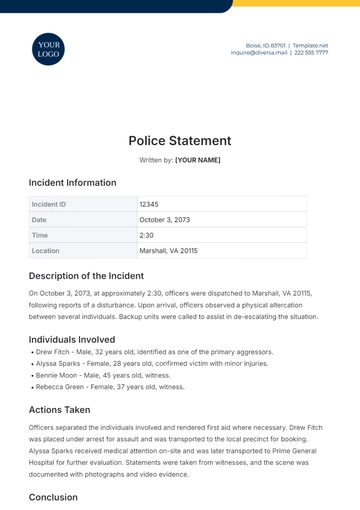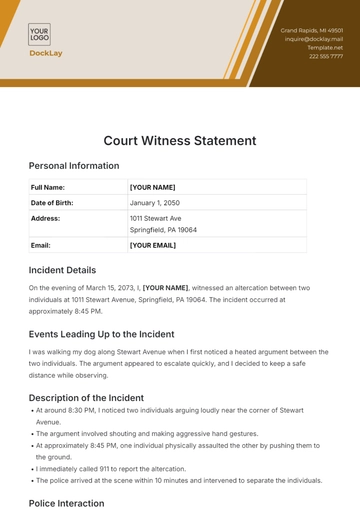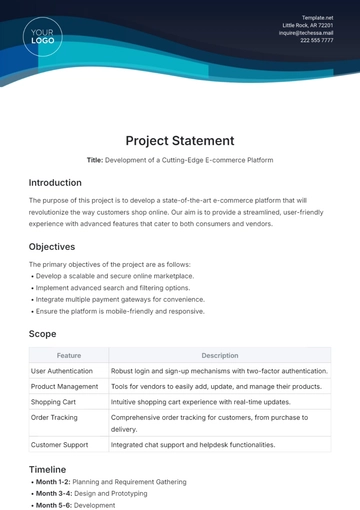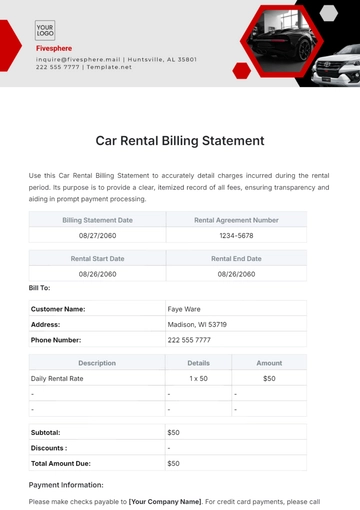Advertising Ad Positioning Statement
The purpose of this Advertising Ad Positioning Statement is to outline the strategic approach and objectives for positioning our product, the [Product Name], in the market. We aim to create a compelling advertising campaign that resonates with our target audience, effectively communicates the unique value propositions, and drives brand awareness and customer engagement.
I. Target Audience and Competitive Analysis
A. Target Audience
Primary Target Audience
1.1. Tech-savvy millennials, specifically those aged 25-35.
1.2. Seeking a high-performance smartphone with advanced features.
Secondary Target Audience
B. Competitive Analysis
We have conducted an in-depth analysis of our two major competitors. Our analysis revealed that our [Product Name] offers superior camera technology, longer battery life, and a competitive price point, giving us a unique advantage in the market.
II. USP and Positioning Strategy
A. Unique Selling Proposition (USP)
Our product, the [Product Name], stands out in the market due to its exceptional camera technology, including a 108MP sensor, 8K video recording, and AI-driven photography enhancements. These unique features enable users to capture moments in unparalleled detail and clarity, setting our product apart from the competition.
B. Positioning Strategy
We will position the [Product Name] as the premier solution for photography enthusiasts and professionals among smartphone users. Our advertising campaign will emphasize the following key positioning strategies:
Value for Money: We will highlight the affordability of our product, showcasing how customers can capture professional-grade photos and videos without breaking the bank.
Superior Quality: Our advertising will emphasize the exceptional quality of the [Product Name]'s camera technology, backed by independent tests that show it outperforms competitors in low-light photography.
Customer Testimonials: We will leverage positive testimonials from satisfied customers who have experienced the camera's capabilities firsthand to build trust and credibility.
III. Messaging and Creative Approach
A. Tagline and Core Message
Our messaging will revolve around the tagline: "Capture Life in Unprecedented Detail" and the core message: "Elevate Your Photography Experience with the [Product Name]."
B. Creative Approach
The creative approach will include visually appealing images and videos demonstrating the camera's capabilities.
Additionally, interactive content will be utilized to engage our audience effectively.
IV. Advertising Channels
We will utilize a multi-channel approach to reach our target audience. The following channels will be included in our advertising campaign:
Channel | Description | Budget Allocation |
Social Media | Engaging content on our social media platforms | 30% |
Email Marketing | Targeted email campaigns to our subscriber list | |
Online Ads | Display and search ads on platforms like Google and Facebook | |
Print Media | High-impact print ads in tech publications | |
Influencer Marketing | Collaborations with photography influencers | |
V. Key Performance Indicators (KPIs)
To measure the success of our advertising campaign, we will track the following KPIs:
A. Click-through Rate (CTR)
This metric calculates the percentage of users who click on an advertisement after viewing it, providing insights into the effectiveness of ad positioning in generating interest.
B. Conversion Rate
Conversion Rate measures the proportion of users who complete a desired action, such as making a purchase or filling out a form, after interacting with an ad, indicating its ability to drive meaningful outcomes.
C. Return on Investment (ROI)
ROI evaluates the profitability of advertising campaigns by comparing the revenue generated from ads against the costs incurred in running them, helping assess the overall effectiveness and efficiency of ad positioning strategies.
D. Brand Awareness Metrics
These metrics assess the level of recognition and recall associated with a brand among target audiences, indicating the success of ad positioning efforts in enhancing brand visibility and familiarity.
Our Advertising Ad Positioning Statement outlines our strategy to position the "[Product Name]" effectively in the market. By focusing on our USP, creative messaging, and targeted advertising channels, we aim to achieve our marketing objectives and drive business growth.
For inquiries or further information, please contact [Your Name] at [Your Company Email] or visit our website at [Your Company Website].
Advertising Templates @ Template.net
